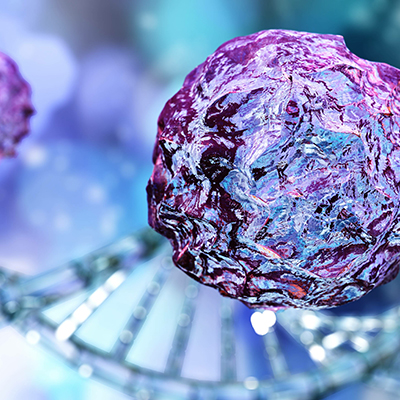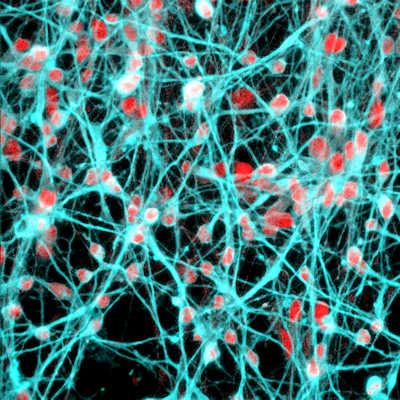September 19, 2022 -- Children’s National Hospital researchers have found that a relatively newly discovered type of brain cell -- known as NG2-glia or oligodendrocyte precursor cells -- also follow a circadian rhythm, findings that potentially open new paths of investigation for the development of future traumatic brain injury (TBI) therapies.
Their study, published September 19 in the journal eNeuro, underscores the importance of addressing circadian disturbances to help injured brains heal, according to the researchers.
Currently, TBI patients are managed only with supportive care and rehabilitation because no targeted therapies exist for this "silent epidemic" that impacts an estimated 69 million people worldwide each year, with injuries ranging from mild concussions to severe injuries that cause mortality or lifelong disability.
However, Children's National researchers contend that a type of brain cell -- NG2-glia -- is regulated by circadian rhythms and can renew itself, providing significant insights into how the body's internal clock may promote healing after traumatic brain injuries.
While many of the body's cells follow a 24-hour rhythm driven by their genes known as the circadian clock, the NG2-glia is one of the few that continually self-renews throughout adulthood and is notably proliferative in the first week after brain injuries. NG2-glia cells are the most common type of brain cell known to proliferate and self-renew in adult brains.
"Because circadian rhythm disturbances are common in neurologic disorders across the lifespan, including in TBI, these findings bear significant implications for cellular regeneration in brain injuries and disease," the study's authors conclude.
Lead author Dr. Terry Dean, PhD, a critical care specialist at Children's National, said in a statement that the research team has "found evidence for the role of this well-known molecular pathway -- the molecular circadian clock -- in regulating the ability for these NG2-glia to proliferate, both at rest and after injury" which will "serve as a starting point to further investigate the pathways to controlling cellular regeneration and optimize recovery after injury."
Vittorio Gallo, PhD, interim chief academic officer and interim director of the Children's National Research Institute, commented that it's "essential for researchers to know that cell renewal is coordinated with the time of day" and that armed with this knowledge they "can dig deeper into the body's genetic healing process to understand how cells regulate and regenerate themselves."
Copyright © 2022 scienceboard.net








